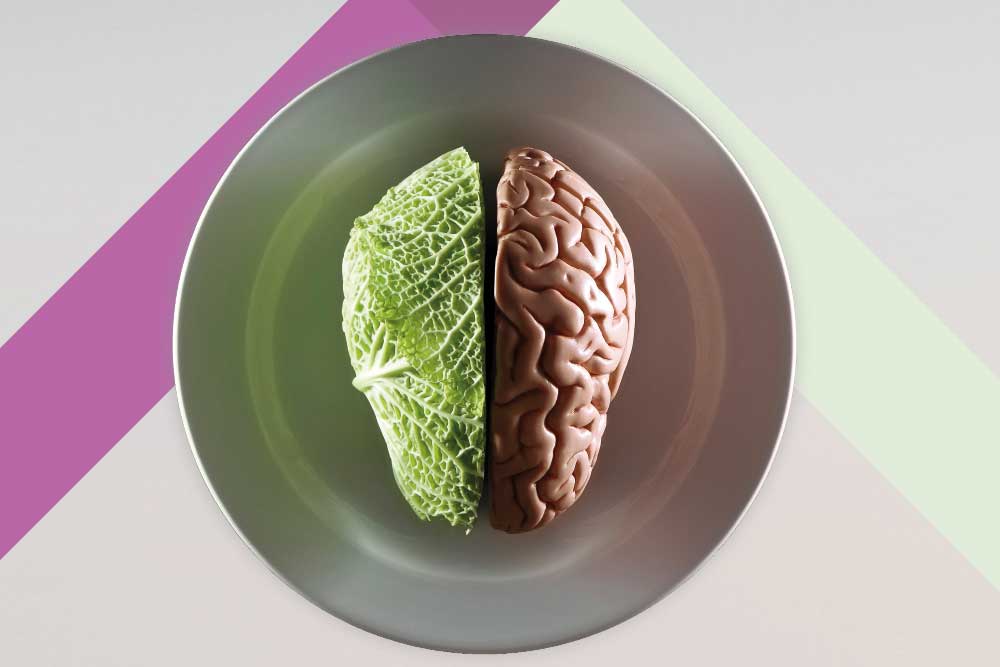Pursuit of pureness is the new anorexia

How would you define your relationship with food– healthy, complicated or divorced? Although for some people, eating is a fairly routine part of any given day, for many others, thinking about food takes up considerable time and energy and can lead to debilitating physical and mental health issues.
Eating disorders may be classified as a psychological disorder but it’s also safe to say that the majority of us might all be well within the spectrum of disordered eating.
There are over 500 million posts on Instagram tagged with food related hashtags – #cleaneating, #detox, #healthyliving — and with the birth of social media came the sharp rise of voyeurism, comparison and obsession with what everyone is eating.
Brits spend, on average, 38,003 hours of their lives eating, and the average woman spends up to 17 years of her life dieting or trying to lose weight. But why the obsession?
The disordered side of clean eating
In 2012, the dieting industry in Britain was valued at £2billion, yet we’re clearly still buying into it. The wellbeing industry, despite its positive influence and emphasis on transformation through mindful, healthier eating does have a dark side.
Despite popular belief that eating disorders are primarily a female problem, they do not discriminate on the basis of gender. Of the 725,000 people currently diagnosed in the UK with eating disorders, 15-20% are male. According to the National Eating Disorders Association, although studies have shown an increase in diagnoses among men, it is uncertain whether this is simply due to an increase in awareness of the gender-neutral nature of eating disorders.
Orthorexia nervosa, a term coined in 1997 by Dr Stephen Bratman, is used to describe ‘a pathological fixation on eating proper food’, or, in other words, an unhealthy obsession with eating healthy food. The behaviour may not be as easily identifiable as anorexia or bulimia but can be just as damaging, and even fatal if not treated. Although outcomes may be similar for orthorexics and anorexics, Dr Bratman distinguished that the difference lies in the motivation behind the behaviour: while an anorexic primarily wants to lose weight, an orthorexic primarily wants to feel ‘pure’.
So how are we to know when an interest in healthy food is becoming obsessive?
Founder of Sweet Enough, psychotherapist, addictions and eating disorder specialist, Lou Lebentz, believes that when the focus is solely on our external environment (what we look like), as opposed to our internal environment (what we feel like, and the health of our organs), we could be engaged in a disordered relationship with eating.
Size isn’t everything
‘Very few people consider the effect of food on their mood and energy levels,’ says Lou. ‘We sadly live in a culture that is obsessed with the shape of our bodies and attaches happiness and attractiveness to how thin or fat we are. The issue with “clean eating” is that there’s an assumption that the alternative might be dirty. And that therefore eating dirty food makes us dirty, or in other words “not good enough”.
‘The truth of the matter is, many of us have a warped view of what a healthy body actually is. What we look like on the outside has very little to do with it. You can be thin on the outside and fat on the inside and be metabolically obese, which is even more dangerous for your health and your body.’
Finding harmony in one’s personal relationship with food has been about knowing the difference between emotional hunger and physical hunger. Emotional eating is a response to emotions – whatever they may be – and not actual hunger.
The aim isn’t to eliminate the feeling but rather to be present with it. When you try and numb a feeling, you only exacerbate it. The sweet spot lies in the balance between understanding when your mind is trying to numb something and when your body is trying to tell you something.
7 STEPS TO CONSCIOUS EATING
1. Be aware: Evaluate when you react to emotional hunger and explore ways in which you can feel and observe that feeling as opposed to numbing it. Write, talk to someone, or just experience the moment. When you have heightened awareness, you will naturally be able to tune in your intuition.
2. Know your trigger foods: What foods do you use to numb feelings? Are you able to find balance with this food and, if not, perhaps it’s worth abstaining for a while?
3. Eating on the go: Try to sit down, even when you’re eating on the move. Chew every mouthful at least 30 times before swallowing.
4. Be prepared: Plan your snacks and keep a bag of nuts or seeds and fruit, to avoid grabbing foods that will start a downward spiral.
5. Get physical: This will bring you in touch with your body and make you more aware of what you’re putting into it. Yoga or pilates will encourage you to get in-tune with your physical self, as well as your mental.
6. Be honest: English cricketer Freddie Flintoff, who battled with bulimia, shared in an interview in 2015 about how he felt he couldn’t tell anyone about his struggle because he was in the public eye, and the world of professional sport. ‘You almost want to come across as being bullet-proof, and that was part of my make-up,’ he said. It was through being honest with a loved one that he began his path to recovery.
7. Get to know the shame cycle: Forgive yourself when you ‘mess up’. Resisting the urge to react to a day of ‘imperfect eating’ as fuel for continued destructive eating is a great act of self-love.
Read more: Why your small intestine is more than just a 20ft long tube









